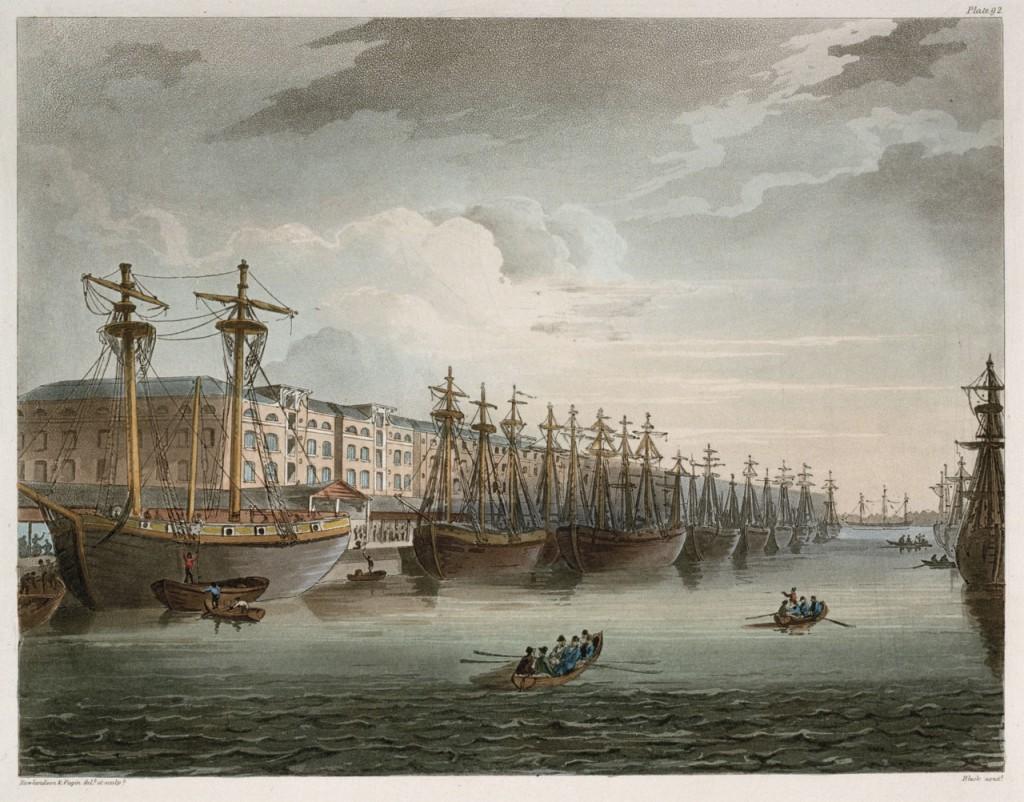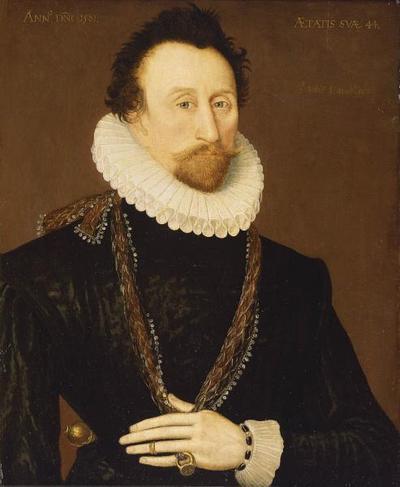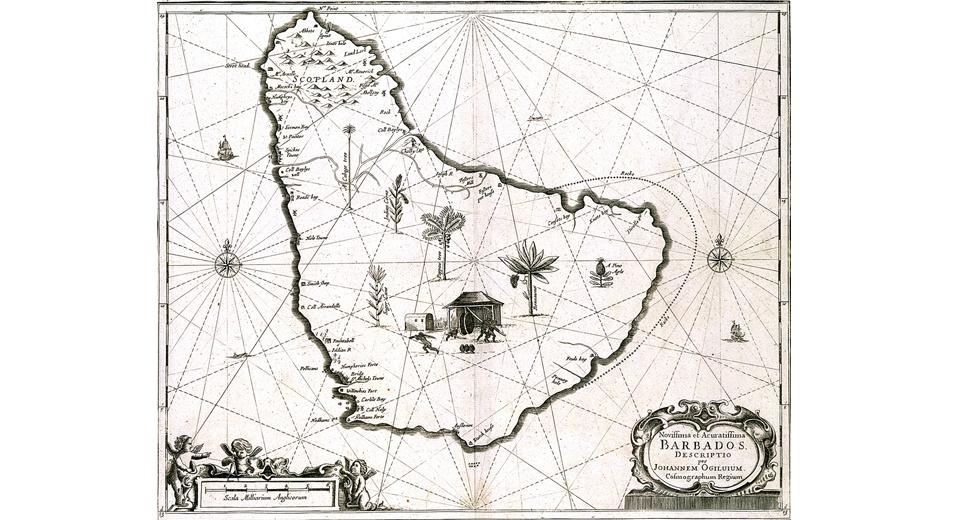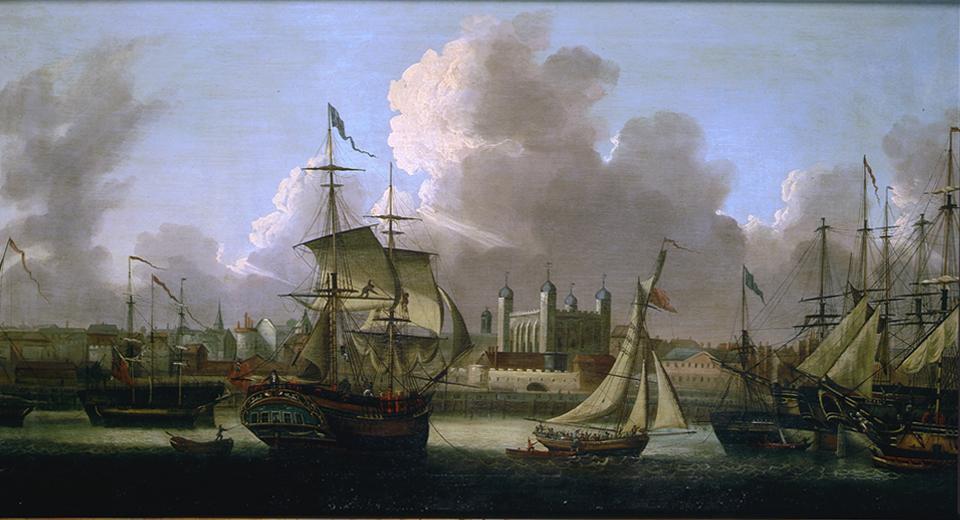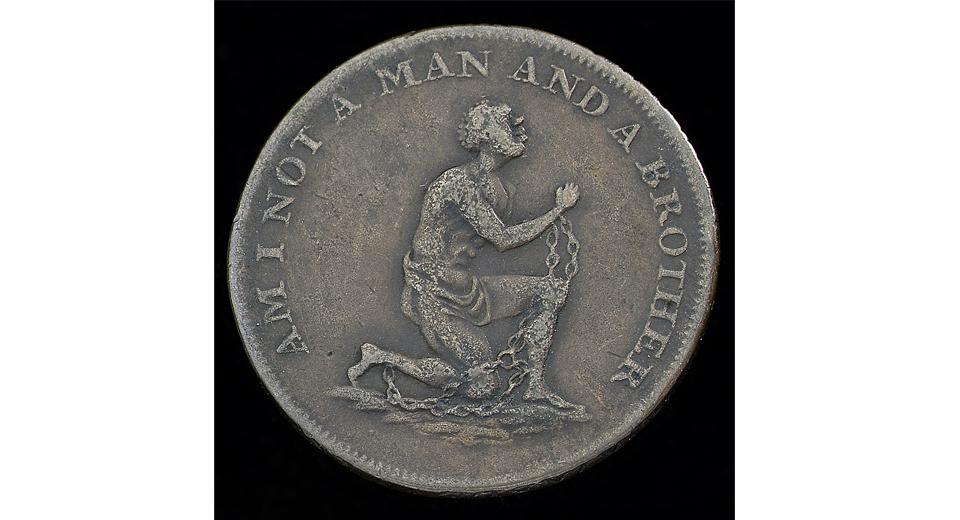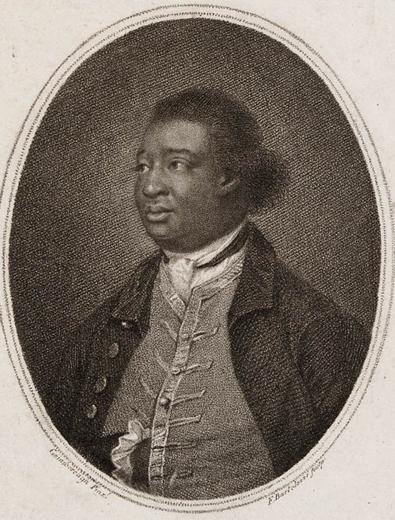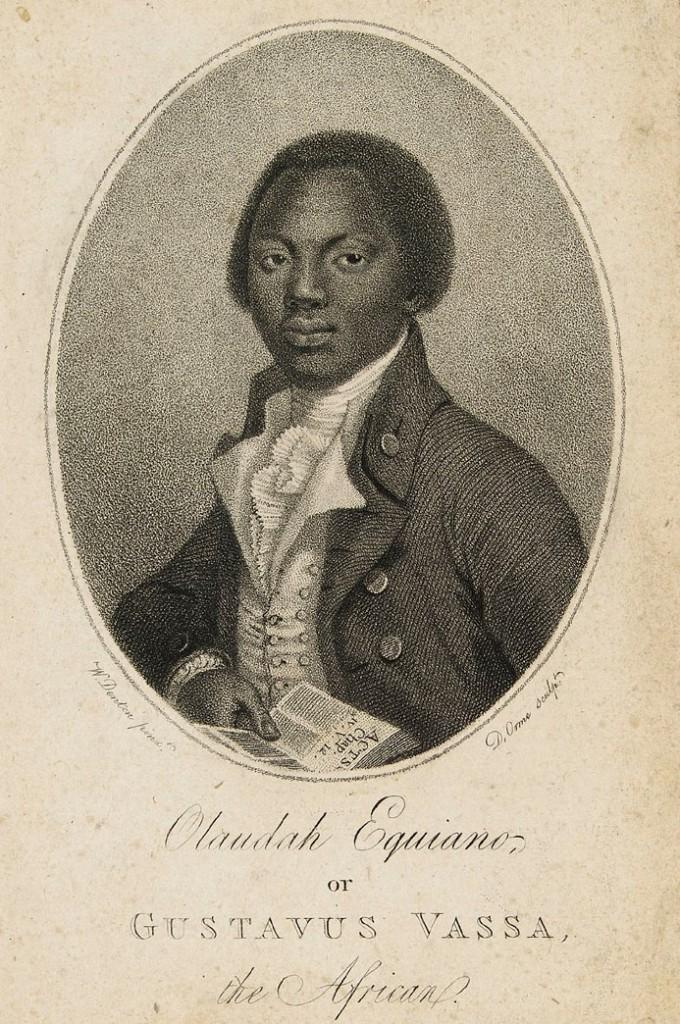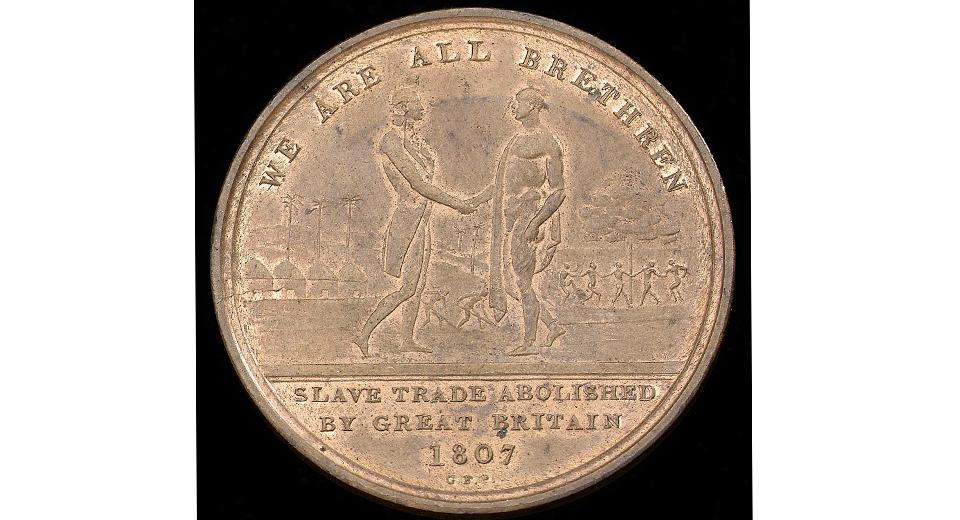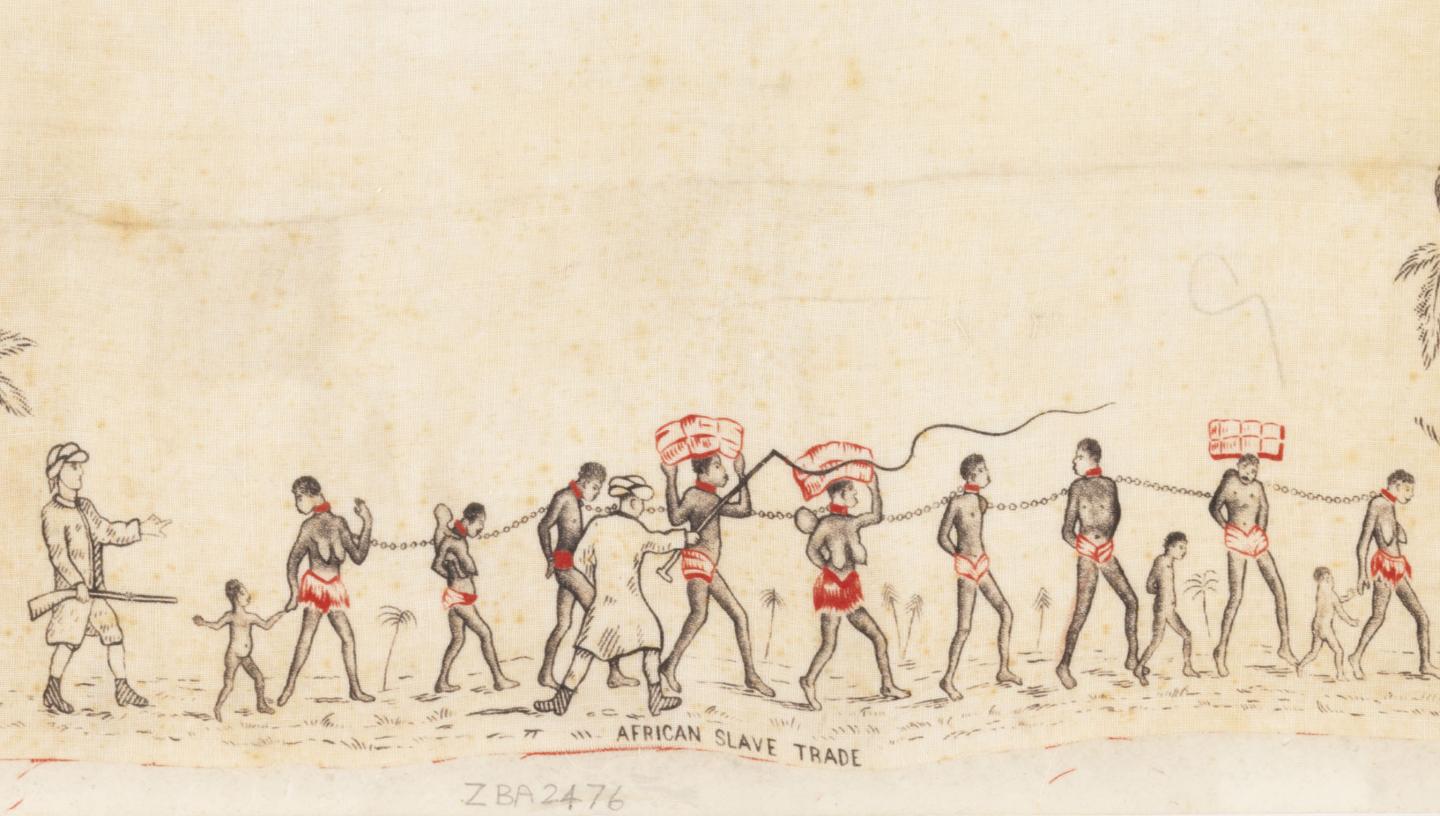
Essential Information
| Location |
National Maritime Museum
|
|---|---|
23 Aug 2016
On International Slavery Remembrance Day, we look at the role London played in the transatlantic slave trade.
Between 1662 and 1807 British and British colonial ships purchased an estimated 3,415,500 Africans. Of this number, 2,964,800 survived the 'middle passage' and were sold into slavery in the Americas. The transatlantic slave trade was the largest forced migration in human history and completely changed Africa, the Americas and Europe. Only Portugal/Brazil transported more Africans across the Atlantic than Britain. Until the 1730s, London dominated the British trade in enslaved people. It continued to send ships to West Africa until the end of the trade in 1807. Because of the sheer size of London and the scale of the port’s activities, it is often forgotten that the capital was a major slaving centre. Between 1699 and 1807, British and British colonial ports mounted 12,103 slaving voyages - with 3,351 setting out from London.
The Elizabethan slave trade
Britain’s involvement in the transatlantic trade in enslaved people from West Africa to the Americas began during the reign of Elizabeth I. John Hawkins – a merchant adventurer and later a naval administrator – was the first English trader. In 1562, while on a voyage to Hispaniola (Haiti), Hawkins added the transportation of captured Africans to his family’s trading interests in West Africa. Elizabeth I believed that capturing Africans against their will 'would be detestable and call down the vengeance of Heaven upon the undertakers', yet after seeing the huge profits available she lent Royal Ships to two of his slaving expeditions.
17th century expansion of the transatlantic slave trade
Despite several attempts, no English settlements were successfully established in North America or in the West Indies during the reign of Elizabeth I. But in the 17th century the English began to acquire territory in the New World. The English colonies expanded rapidly and the development of a plantation system and the growth of the Atlantic economy brought further demands for African labour. This increased the scale of the trade in enslaved people. The trade involved a number of prominent people and a succession of London based companies received royal approval and support from the City of London. These included the Company of Adventurers to Guinea and Benin, the Royal Adventurers into Africa and the Royal African Company. The slave trade was fuelled by the massive demand for sugar in Europe. The craze for sweetened tea, coffee and chocolate meant that sugar was at a premium. Planters in the West Indies were anxious to increase production to maximize their profits. This resulted in a growing demand for enslaved African labour.
18th century peak of the transatlantic slave trade
In 1713, when the Treaty of Utrecht was drawn up to end the War of the Spanish Succession, Britain gained the 'asiento'. The 'asiento' was the much-prized right to carry enslaved Africans to the Spanish Americas. The British government sold this privilege to the South Sea Company for £7.5 million - an enormous sum. In the first third of the 18th century, Britain’s involvement in the slave trade grew enormously. In the 1710s and 1720s, nearly 200,000 enslaved Africans were transported across the Atlantic in British ships. London remained the largest slaving port in Britain with perhaps more than 50 ships a year leaving for West Africa. In the 1730s, Bristol overtook London as the main slaving port and London was then further eclipsed by Liverpool, which rose rapidly to dominate the British trade. Though London ships continued to carry enslaved people until the end of the trade. The city also remained the main centre for financing slavery, insuring vessels and arranging cargoes for Africa.
The abolition campaigns
As the trade in enslaved people reached its peak in the 1780s, more and more people began to voice concerns about the moral implications of slavery and the brutality of the system. From the beginning, the inhuman trade had caused controversy. London was the focus for the abolition campaign, being home both to Parliament and to the important financial institutions of the City. As early as 1776, the House of Commons debated a motion 'that the slave trade is contrary to the laws of God and the rights of men'.
Thomas Clarkson and William Wilberforce
Clarkson and Wilberforce were two of the most prominent abolitionists, playing a vital role in the ultimate success of the campaign. Clarkson was a tireless campaigner and lobbyist. He made an in-depth study of the horrors of the trade and published his findings. Clarkson toured Britain and Europe to spread the abolitionist word and inspire action. As a result, the abolition campaign grew into a popular mass movement. William Wilberforce was the key figure supporting the cause within Parliament. Like Clarkson, Wilberforce was tireless in his pursuit of abolition. He was an effective lobbyist and a shrewd political operator. Wilberforce and Clarkson were two of the main campaigners for abolition, but Africans living in London also made very important contributions to the cause.
Ignatius Sancho
He was born in 1729 on a slave ship bound for the Caribbean. He was orphaned aged two and taken to London by his master. A neighbour, the Duke of Montagu, encouraged Sancho and employed him in his household. Sancho became a playwright, theatre critic, keen correspondent, and an opponent of slavery and racism. His correspondence was published after his death in 1782.
Olaudah Equiano
He was also hugely significant figure in the abolition campaign. According to his autobiography, Equiano was captured in West Africa, forcibly transported to the Americas and sold into slavery. He eventually managed to buy his freedom. Equiano published his autobiography – The Interesting Narrative and Other Writings – in 1789. It was reprinted many times, becoming one of the most powerful condemnations of the trade and an enormously important piece of abolitionist literature. The task faced by the abolitionists was enormous. Parliament passed legislation restricting the number of Africans that could be carried on an individual ship, but the scale of the trade continued to grow throughout the abolition campaign. Between 1791 and 1800, around 1,340 slaving voyages were mounted from British ports, carrying nearly 400,000 Africans to the Americas. In 1798 alone, almost 150 ships left Liverpool for West Africa. New colonies in the Caribbean and the continued consumer demand for plantation's goods fuelled the trade. In 1806-07, with the abolition campaign gaining further momentum, Wilberforce had a breakthrough in Parliament. Legislation was finally passed in both the Commons and the Lords which brought an end to Britain’s involvement in the trade. The bill received royal assent in March and the trade was made illegal from 1 May 1807. It was now against the law for any British ship or British subject to trade in enslaved people.
Although the abolitionists had won the end of Britain’s involvement in the trade, plantation slavery still existed in British colonies. The abolition of slavery now became the main focus of the campaign though this was a long and difficult struggle. Full emancipation was not achieved until 1838 and none of the ex-slaves received compensation.
